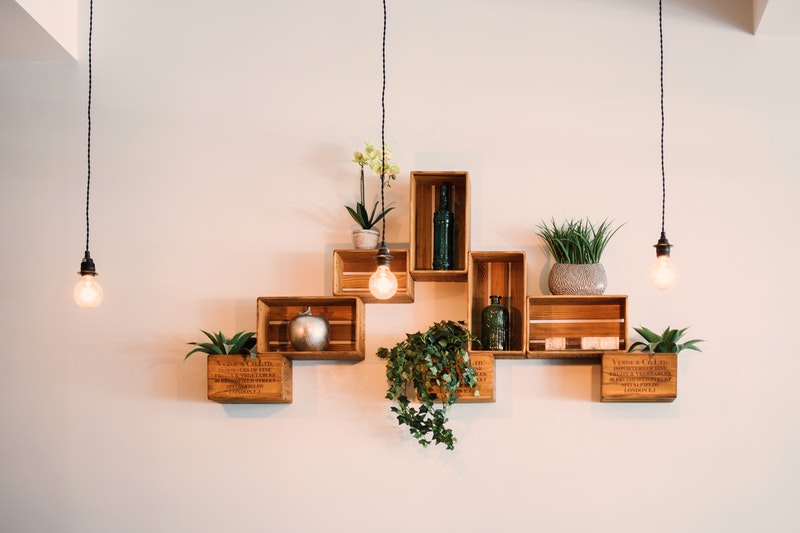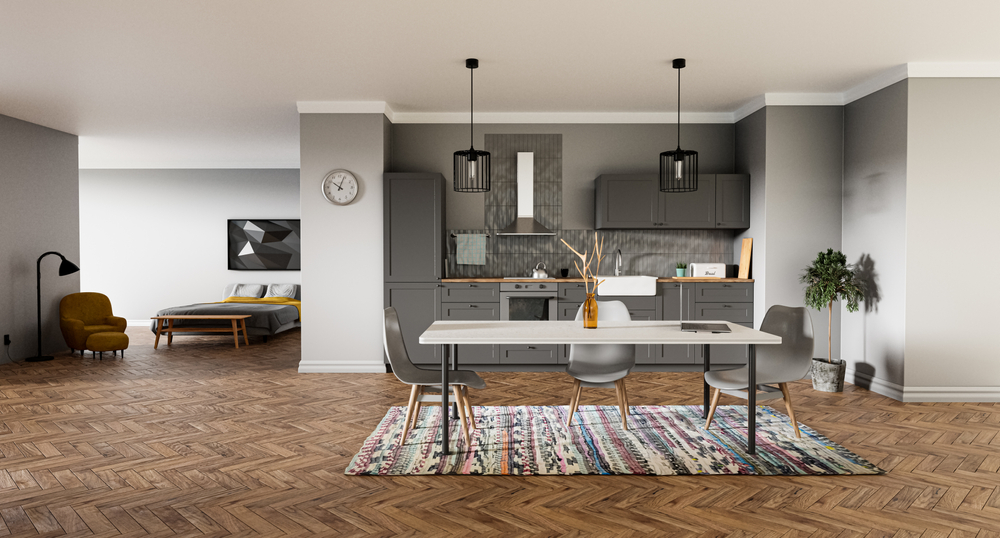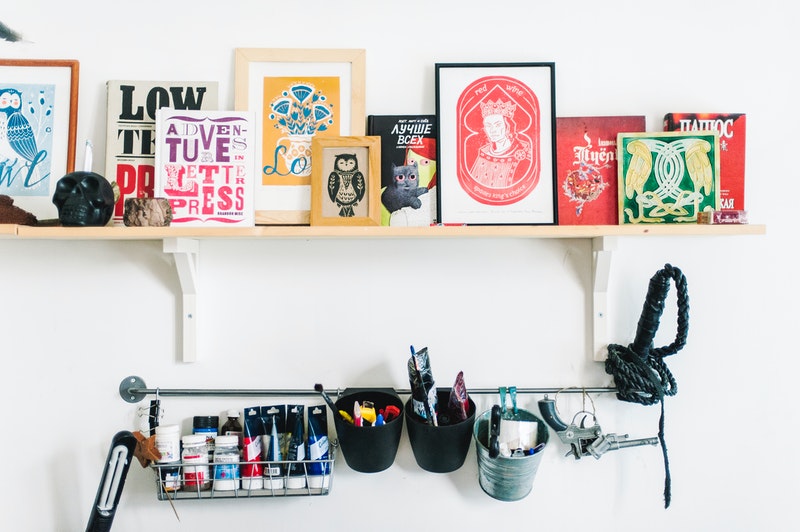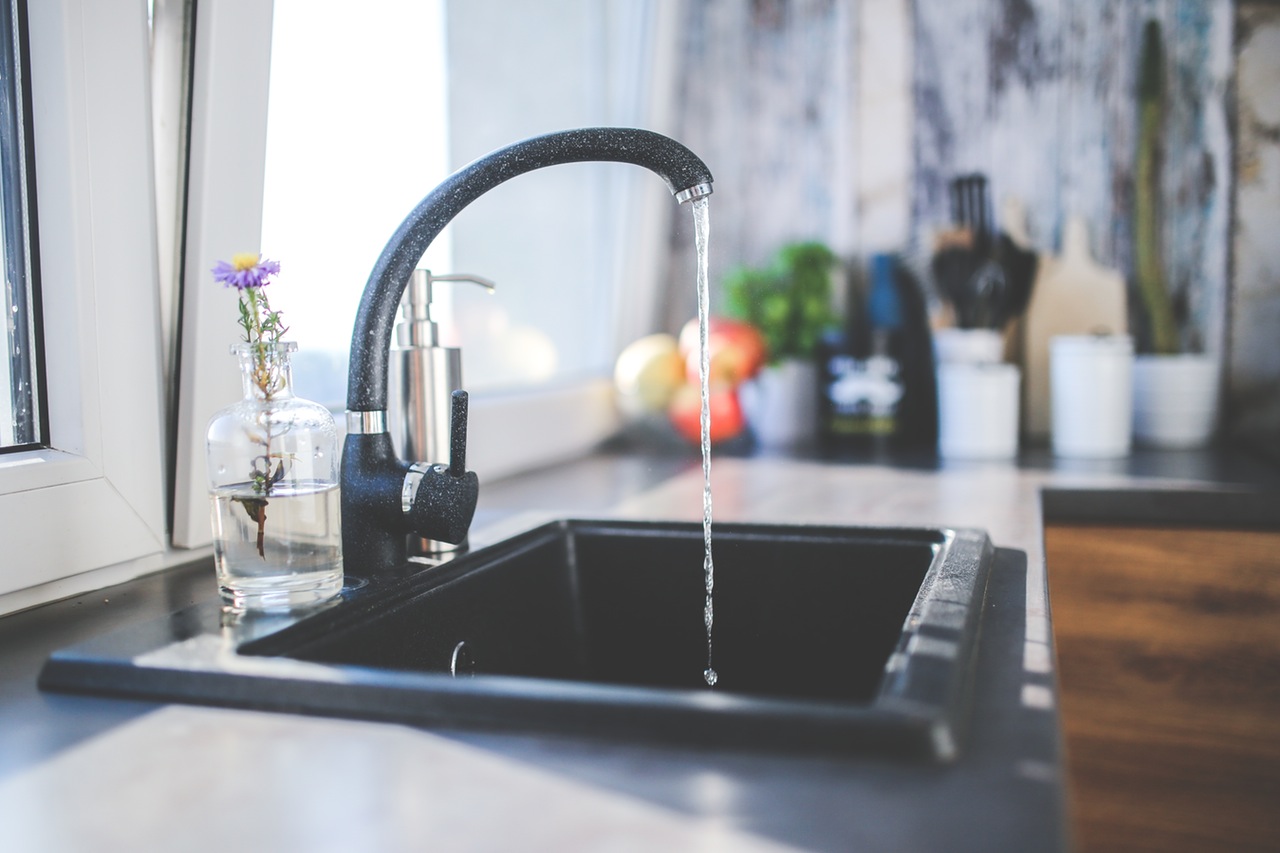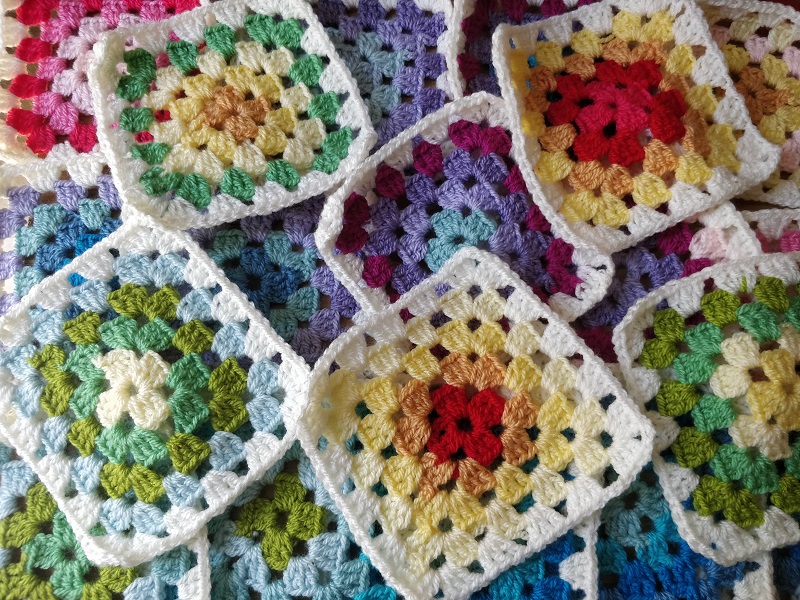9 Sustainable Landscaping Tips: Creating a Water-wise Landscape

As our summers appear to be getting longer, and average temperatures seem to be rising, incidents of localised and regional droughts are on the increase. In response to the changing environment, there’s been renewed interest in water-wise landscapes.
Green thumbs the world over are learning old and new techniques for creating landscapes that conserve water, whilst also offering lush spaces that are suitable for relaxation and entertainment.
In this article, we discuss 9 sustainable landscaping tips for creating a beautiful, water-wise landscape.
Sustainable garden design and environmental landscaping 101
If you’re making strides towards being a bit more eco-conscious, the garden is a great place to start. Probably the best place to start actually. There are few better ways to connect with nature than getting your hands dirty on a garden landscaping project.
But what does a sustainable landscape or garden look like and what does it try to achieve?
- minimising energy and water usage;
- embracing recycling materials;
- promoting biodiversity;
- avoiding disruption or pollution of surrounding natural ecosystems.
9 tips for creating a sustainable garden
The following tips cover softscaping, hardscaping, and we also touch on how you go about furnishing a garden or outdoor area in a sustainable way.
1. Carefully consider any hardscaped areas
Before you hardscape any areas of your garden, consider the impact that removing turf and replacing it with an impervious surface will have. A slabbed patio or a solid concrete driveway can actively prevent water from soaking into the ground.
If the water can’t soak into the ground where it falls, it will gather in a low spot or cause an unnatural runoff. Uncontrolled runoff can have various consequences, with the erosion of your nutrient-dense topsoil being the most likely issue. Think about some of the suds you see around London (these are the sustainable draining systems in urban areas) – they serve a function, yet they can look lovely too! Turn your low-maintenance garden borders into a feast for the eyes, and a lifeline for your plot.
2. Permeable surfaces and natural drainage
If you are set on hardscaping an area, consider using permeable surfaces that can offer natural drainage and reduce any potential damage caused by runoff. A permeable surface allows water to gradually soak into the underlying soil, whilst offering a hard surface.
You can use various materials for your permeable hardscape, but driveway stones and decorative gravel are an obvious choice. These types of materials offer a natural feel and look whilst also providing a hard-wearing surface that’s suitable for a walkway or parking area.
3. Terrace your garden to minimise erosion and flooding risks
With more extreme weather, particularly rainfall increasingly common, protecting our gardens against water erosion and flooding is something we should all be thinking about. Terracing your garden is one way you can protect your outdoor space against water erosion and the risk of flooding.
Luckily, there are plenty of sustainable ways you can terrace your garden. Creating raised plant beds is one way you can go about creating terraced areas that serve multiple purposes. Railway sleepers are a popular choice for creating raised beds, bringing a natural timber look to any garden. Here at Stylish London Living, we sure do love a good bit of recycling and repurposing.
4. Incorporate native plants
When it comes to creating a water-wise landscape, limiting unnecessary water usage is one of the best things you can do. Incorporating native plants into your garden is one of the most effective ways to limit your water usage.
Native plants are suited to the local environment, from the water and sunlight levels to the typical soil pH levels and conditions. This means that native plants need much less attention as they are able to develop complex root structures, allowing them to suck up more water and nutrients. All things being equal, native plants are hardier and require much less watering.
5. Rain-gathering systems
On the topic of saving water, establishing rain-gathering systems in your garden is an essential part of any sustainable garden design. You can use any large vessel to collect rainwater, or you could build a small pond that serves as both a rain-harvesting station and a small ecosystem for frogs and snails.
The most common type of rain-gathering system is a barrel connected to the drainpipes of a garden shed, a conservatory or any raised surface that receives rainfall. Once your rain-gathering system is set up, you’ll be amazed at how much water you are able to save when it comes to watering your plants or lawn during dry spells of weather.
6. Nurture your topsoil
Plants grow better and require less ongoing nurturing when they are supported by a quality topsoil. But how can you ensure a high-quality topsoil?
It helps to have some understanding of the following 3 characteristics: texture, nutrient levels and pH. You can arrange for a soil test to get accurate information on the characteristics of your topsoil.
Soil texture refers to the makeup of the soil in terms of sand and clay. Sandy soils drain rapidly and struggle to retain water and nutrients, whilst soils with a high percentage of clay have better water and nutrient retention. The ideal soil composition is somewhere in the middle of the two, what is commonly referred to as a ‘loamy soil’. Loam soils are the best soils for plant growth.
Nutrient levels refer to the amount of essential nutrients such as nitrogen, potassium and phosphorus in the soil. If these essential nutrients are deficient, plant growth suffers. However, on the flip side, excessive levels of these nutrients can result in a salty soil which can affect the root structure and ability of the soil to retain water.
Soil pH refers to the acidity or alkalinity of the soil which affects the availability of minerals and nutrients.
7. Add a compost station
The ability to recycle garden materials is a big part of a sustainable garden. A compost station allows you to recycle organic matter such as leaves and grass cuttings. Composting allows you to create your own natural fertilizer and mulch, which can be used to improve the nutrient levels of your topsoils and plant beds.
8. Plant trees strategically
Trees can play a big part in a sustainable landscape, helping form a natural barrier against the elements. Deciduous, flowering trees can offer shade in the summer whilst in full bloom and allow the winter sunlight and heat through in the winter when they drop their leaves.
Deciduous trees can therefore be placed strategically on the south, east and western approaches of your garden.
If you are to plant some evergreen trees, consider placing them on the northern side of your garden or on sides that are exposed to strong winds. Keep in mind that, although evergreens can act as good windbreaks, they also block sunlight so don’t go overboard with the evergreens.
9. Always source local materials
Our final tip for sustainable landscaping is to always source local materials. Not only does it make sense to support local businesses, buying local means less energy is used to collect or have the materials delivered.
Summing up
Being more eco-friendly and embracing sustainable landscaping practices does not require massive changes in behaviour. In fact, recycling and putting self-sustainable systems in place (like a rain-gathering system) can actually save you time and effort in the long run!
We hope these sustainable landscaping tips are of value to you, but please reach out with any questions or further suggestions!
